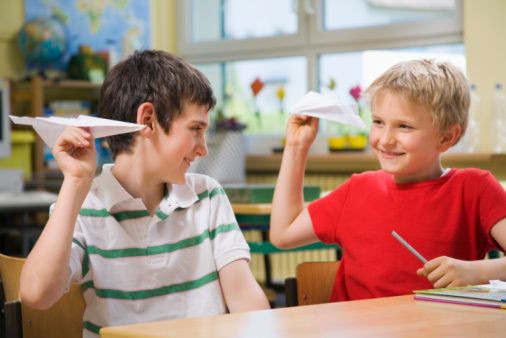In today’s fast-paced world, fostering creativity and curiosity in children is more important than ever. Fun and educational activities not only help children develop essential skills but also ignite their imagination, paving the way for a lifelong love of learning. Whether you’re a parent looking to enrich your child’s day-to-day experiences or an educator searching for new ways to engage your students, exploring imaginative activities can be both enjoyable and beneficial. This article will guide you through some exciting options and provide insights into finding the right program for your child.
The Importance of Creative and Educational Activities
Creative and educational activities play a crucial role in child development. They support cognitive growth, enhance problem-solving skills, and build self-confidence. Activities that blend fun with learning stimulate curiosity and encourage children to explore new concepts. Engaging in such activities can lead to improved academic performance, better social skills, and a more robust ability to adapt to different situations.
Top Fun and Educational Activities to Try
1. DIY Science Experiments
Science experiments can turn an ordinary afternoon into an exciting learning adventure. Simple experiments like creating a volcano with baking soda and vinegar or growing crystals from salt solutions offer hands-on experiences that make scientific concepts tangible and memorable. These activities encourage children to ask questions, hypothesize, and learn from their observations, embodying the role of a mini scientist.
2. Creative Storytelling and Writing
Encouraging children to write their own stories or create their own comic books can significantly enhance their imagination and literacy skills. Storytelling helps children develop their narrative skills, expand their vocabulary, and practice grammar in a fun and engaging way. You can start by providing prompts or story starters and let your child’s creativity take flight.
3. Art and Craft Projects
Art and craft activities are excellent for stimulating creativity and fine motor skills. Whether it’s painting, sculpting with clay, or making collages, these activities allow children to express themselves and explore different materials. Craft projects also provide a sense of accomplishment and boost self-esteem as children see their ideas come to life.
4. Outdoor Exploration and Nature Activities
Nature-based activities can inspire wonder and curiosity. Nature walks, scavenger hunts, and backyard gardening offer opportunities to learn about ecosystems, plant life, and wildlife. These experiences help children connect with the environment, foster a sense of responsibility, and encourage physical activity, all while having fun.
5. Interactive Learning Apps and Games
Technology can also be a powerful tool for education. Many apps and online games are designed to make learning enjoyable and interactive. These tools cover a range of subjects, from math and science to language arts and social studies. When used appropriately, they can complement traditional learning methods and provide personalized learning experiences.
Finding the Right Program for Your Child
With so many options available, finding the right program for your child can be a daunting task. It’s essential to consider your child’s interests, learning style, and developmental stage when selecting activities. Here are some tips to help you choose effectively:
1. Assess Interests and Needs
Understanding your child’s interests and needs is crucial in finding the right program. If your child is passionate about animals, a program that includes nature exploration or animal care might be ideal. For a child who loves technology, interactive learning apps and coding programs could be more engaging.
2. Look for a Leader in Creating Effective, Creative and Educational Activities for Kids
Seek out organizations or providers known for their innovation and effectiveness in creating educational activities. A leader in effective, creative, and educational activities for kids often has a proven track record of engaging children in ways that promote learning while keeping them entertained. Look for reviews, testimonials, and recommendations to identify such leaders.
3. Evaluate Program Quality
Quality matters when choosing educational programs. Evaluate the curriculum, the qualifications of the instructors, and the overall structure of the program. Ensure that the activities are not only fun but also provide meaningful educational content. Programs with clear learning objectives and structured activities often offer the most value.
4. Consider Flexibility and Accessibility
Flexibility in scheduling and accessibility can also impact your choice. Look for programs that fit your family’s schedule and are conveniently located or available online. Some programs offer flexible enrollment options or trial periods, allowing you to assess whether the program suits your child’s needs.
5. Encourage a Trial Period
Many programs offer trial sessions or introductory classes. Taking advantage of these opportunities can give you a better sense of whether the program aligns with your child’s interests and learning style. It also allows your child to experience the program firsthand and determine if it is a good fit.
Incorporating fun and educational activities into your child’s routine can have a profound impact on their development and imagination. By exploring DIY science experiments, creative storytelling, art projects, outdoor activities, and interactive learning apps, you can provide enriching experiences that stimulate curiosity and foster a love for learning. When finding the right program for your child, consider their interests, look for reputable providers, and evaluate the quality and flexibility of the options available. With the right approach, you can help your child embark on a lifelong journey of discovery and creativity.



